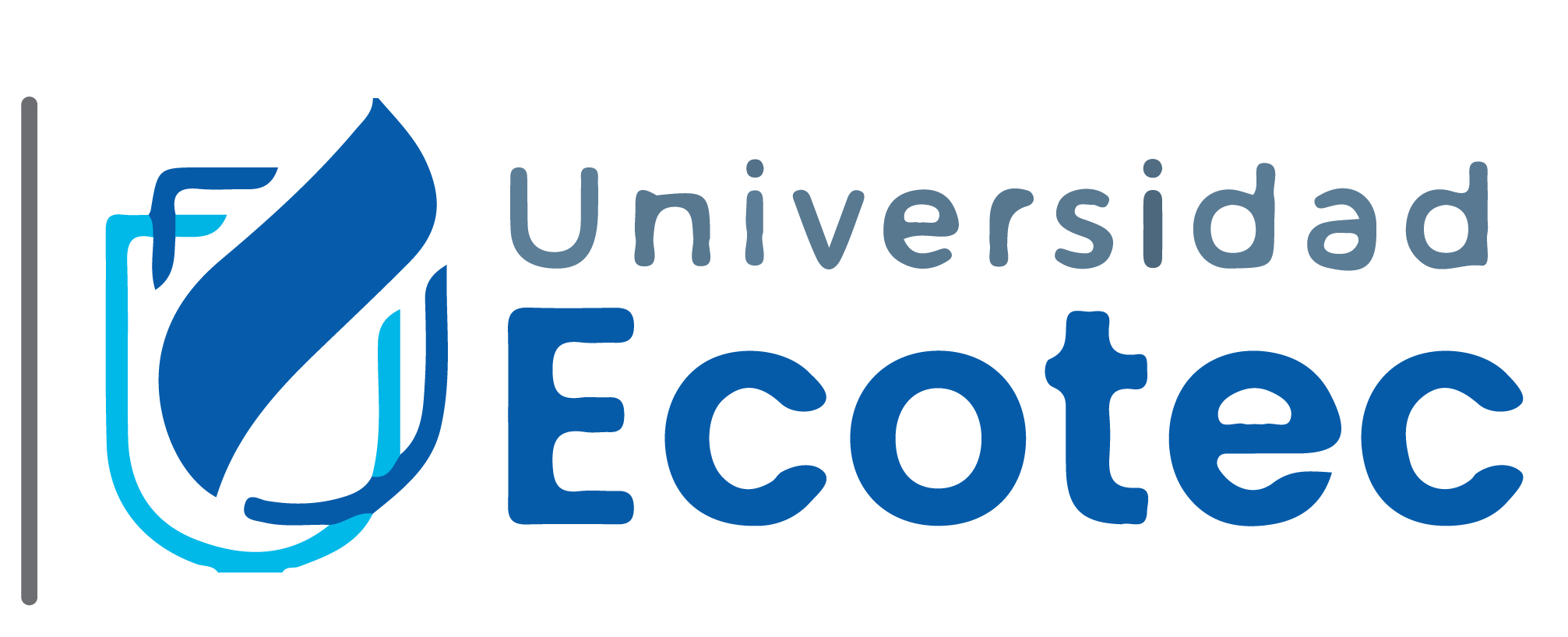Artículo
Bibliometric and social network analysis of the Revista Peruana de Medicina Experimental y Salud Publica (2010-2019)
Resumen
0
Autores | Liu, Getong (59384702500); Sun, Jiajun (57205440975); Liu, Chenfeng (57221207978); Shi, Huading (14032147800); Fei, Yang (57193509358); Wang, Chen (57876636400); Zhang, Guilong (58736127100); Wang, Hongjie (57210435095) |
Título | Progress and Trends in Research on Soil Nitrogen Leaching: A Bibliometric Analysis from 2003 to 2023 |
Año | 2025 |
DOI | 10.3390/su17010339 |
Fuente | https://www.scopus.com/inward/record.uri?eid=2-s2.0-85214452672&doi=10.3390%2fsu17010339&partnerID=40&md5=dd8623e75ddb80512caa0b4ea6db1af7 |
Afiliaciones | Technical Centre for Soil, Agriculture and Rural Ecology and Environment, Ministry of Ecology and Environment, Beijing, 100012, China; Hebei Key Laboratory of Close-to-Nature Restoration Technology of Wetlands, School of Eco-Environment, Hebei University, Baoding, 071002, China; Agro-Environmental Protection Institute, Ministry of Agriculture and Rural Affairs, Tianjin, 300000, China; Engineering Research Center of Ecological Safety and Conservation in Beijing-Tianjin-Hebei (Xiong’an New Area) of MOE, Baoding, 071002, China |
Tipo de acceso abierto | All Open Access; Gold Open Access |
Referencia | Scopus |
Artículo obtenido de: | Scopus |



